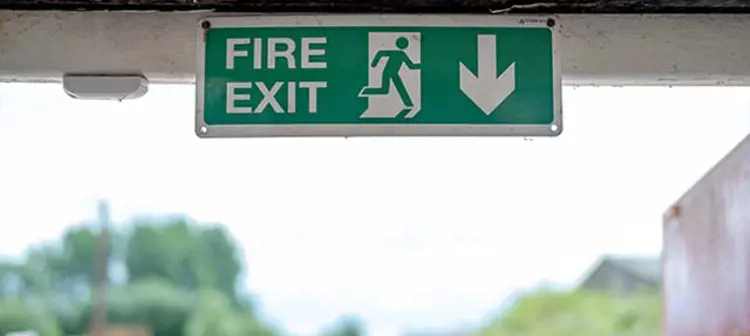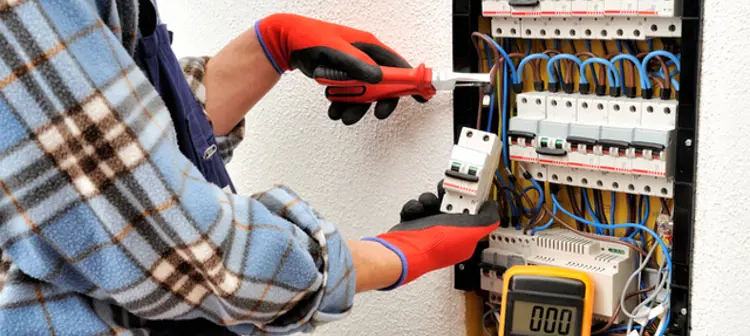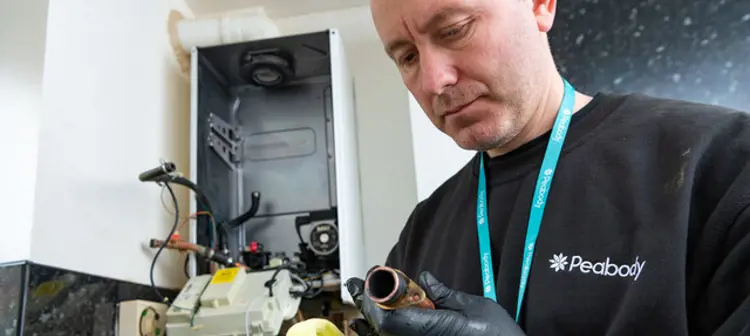Managing asbestos in our properties
Asbestos is found in many older buildings but is only a concern if it’s damaged.
It’s usually best to leave it where it is. But if you do need to move or dispose of it, you’ll need to use a licensed contractor.
What is asbestos and why is it an issue?
Asbestos has traditionally been used in construction due to its strength and resistance to heat and chemicals. But it’s been banned in the UK since 1999. This is because, if asbestos is damaged, some of the small fibres can escape into the air like dust. If this is breathed in, it can cause lung damage, and in some cases, cancer.
A lot of our housing was built or refurbished before 1999 and so some of our properties contain asbestos. This is quite normal and there’s no need to panic. It’s only an issue if the materials containing asbestos are damaged or in a poor state of repair.
What are we doing about asbestos in our properties?
We won’t touch asbestos unless it’s damaged or a repair, improvement or alteration is taking place near where it’s been used in a property. This is in line with current legislation and guidance from the Health and Safety Executive (HSE). Don’t forget, as long as whatever contains the asbestos is in good condition, it doesn’t pose a risk to anyone.
What should you do about asbestos?
- If any materials you think may contain asbestos have been disturbed or become damaged, contact us immediately.
- You should also contact us before doing any DIY work.
- Don’t jet-wash or clean asbestos cement roofs or corrugated garage or shed roofs.
- And don’t remove old floor tiles or linoleum which could contain asbestos.
- Before you get rid of items such as cookers, ironing board pads, fire blankets and oven gloves, which may contain asbestos, contact your local authority for advice.
Whose responsibility is it?
Under the terms of your lease, leaseholders (homeowners) or freeholders are responsible for all fixtures and fittings within the property. This includes textured coatings such as artex and floor tiles. As your landlord, we’re responsible for the structure of the building and communal areas.
It’s best to leave any items you think contain asbestos in place as long as they’re in good condition. For example, if you want to lay carpet on top of floor tiles, use tape to hold the carpet down instead of carpet gripper rod, as this could damage the floor tiles beneath.
To find out more about asbestos, including where you might find it around your home, download our leaflet (pdf, 48kb)
You can also see:
- the Health and Safety Executive website (phone: 0845 345 0055).
- the Environment Agency website (phone: 08708 506 506).
To remove materials that contain asbestos, contact an asbestos-removal contractor licensed by the Health and Safety Executive (HSE). Please also tell us so we can keep a record and pass on any relevant information to new residents, contractors and third parties.


